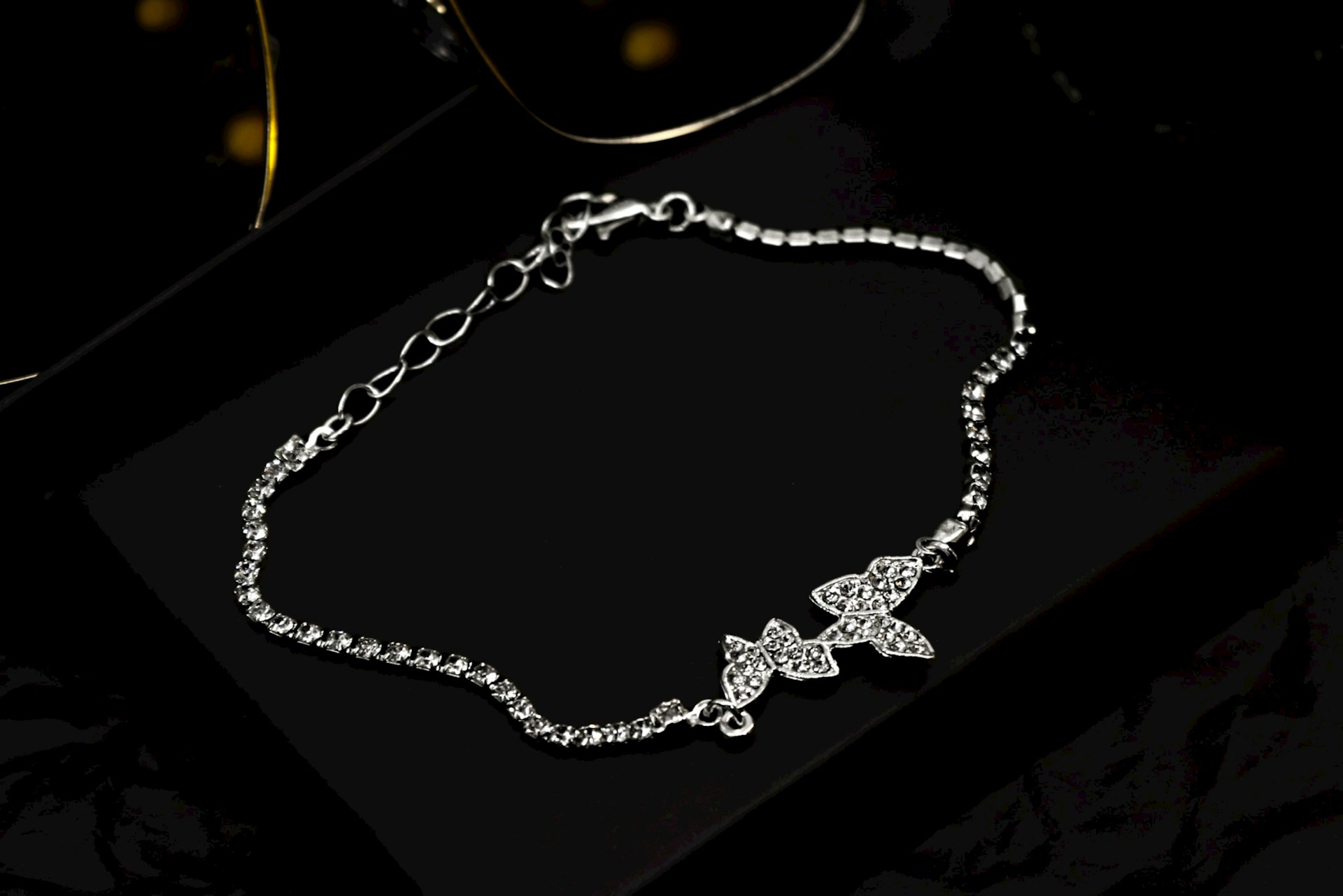Camping and outdoor adventures often require a vehicle that’s versatile, reliable, and comfortable. However, with rising car prices and high interest rates, finding the right vehicle without breaking the bank can be a daunting task. This article will guide you through the process of selecting a suitable vehicle for camping trips, focusing on affordability, comfort, and practicality.
1. Understanding the Current Car Market
The Reality of Car Prices:
In recent years, the car market has seen a significant uptick in prices due to factors like inflation, scarcity of materials, and general market trends for camping vehicles USA. Finding a new car under $25,000 is increasingly challenging, particularly if you’re seeking a spacious model.
- Camping World Holdings, Inc. reported a 16% rise in same-store new vehicle unit volume in Q1 2024, which is indicative of the current demand trends.
- Companies are targeting affordability by lowering invoice prices and expanding consumer options.
- New vehicle revenue increased by 1.4% to $656.1 million, driven by a 21.3% jump in new vehicle unit sales to 16,882 units.
- Despite a decline in used vehicle revenue, strategic efforts are in place to rebuild used inventories as market pricing stabilizes.
Interest Rates:
Interest rates for car loans 2023 have also surged, making financing a vehicle more costly. For example, where a buyer could secure a 1.7% rate in 2021, rates have now jumped to around 6.8% or higher.
- New car loan interest rates range from 5.64% to 14.78%, and used car loan rates range from 7.66% to 21.55% based on credit scores.
- The current average car loan interest rate is 9.56% overall.
2. New vs. Used: Making the Smart Choice
Buying New:
Opting for a new vehicle only makes sense if you plan to drive it for a long time (think 10-15 years). Reliability is paramount—look for models with a proven track record of lasting well beyond 200,000 miles. Japanese brands like Honda, Toyota, and Mazda are highly recommended.
- New cars come in perfect condition and often include advanced features beneficial for outdoor trips.
- Costly depreciation occurs in the first few years.
- Higher overall costs including insurance premiums.
Buying Used:
Used cars generally offer better value. Brands like Honda, Toyota, and Mazda are reliable and hold their value well. Models like the Subaru Crosstrek are great for outdoor enthusiasts looking for a reliable yet affordable option.
- Potential savings almost $130,000 over a lifetime by buying used.
- Value retention is better, allowing owners to sell them for a similar price after a few years.
- Certified Pre-Owned (CPO) vehicles offer a balance between reliability and cost.
- However, there’s a risk of less reliability and potential compromise on features.
3. The Most Suitable Vehicles for Outdoor Adventures
Sub-Compact SUVs:
In your budget, you might find sub-compact SUVs that are versatile and capable of handling most camping needs. Vehicles like the Mazda CX-5 and Subaru Crosstrek are good examples. The Subaru Crosstrek, for instance, offers 54.7 cubic feet of cargo space, making it practical for camping gear.
- Kia Seltos: 62.8 cubic feet
- Nissan Rogue Sport: 61.1 cubic feet
- Jeep Compass: 59.8 cubic feet
- Honda HR-V: 55.1 cubic feet
- Chevrolet TrailBlazer: 54.4 cubic feet
- Chevrolet Trax: 54.1 cubic feet
- Nissan Kicks: 53.1 cubic feet
Hatchbacks and Sedans:
While less spacious than SUVs, hatchbacks like the Mazda 3 can be a smart choice due to their cargo capacity and ease of handling. Even with limited space, they can carry all your camping gear, and some models can even accommodate a roof rack for additional cargo like bikes or kayaks.
4. Practical Tips for Financing Your Vehicle
Pre-Approval and Rate Shopping:
Before stepping into a dealership, securing auto loan pre-approval from a bank or credit union is essential. This puts you in a strong bargaining position and helps you avoid the dealership’s mark-up traps.
- Negotiate based on the total price of the vehicle, not just the monthly payments.
- If you have a trade-in, get multiple appraisals to ensure you’re getting the best value.
- Scrutinize any extras like extended warranties or oil changes offered by the dealership.
5. Final Considerations for Your Camping Vehicle
Comfort vs. Necessity:
Be realistic about the need to sleep in your vehicle. While it might seem critical, evaluating how often you’ll actually sleep in your car can help you decide if it’s worth investing significantly more money.
- Ensure that your vehicle fits within your budget, factoring in insurance, gas, and maintenance costs.
- A reliable, used car that’s fully paid off could be far more beneficial in the long run than a shiny new car that ties you down with high monthly payments.
Conclusion
Ultimately, the best vehicle for your camping and outdoor needs is one that balances reliability, comfort, and affordability. Whether opting for a new or used car, thorough research and smart financial planning can help you find a vehicle perfectly suited for your adventures without sacrificing your financial well-being.




